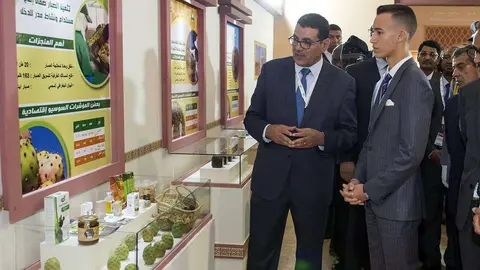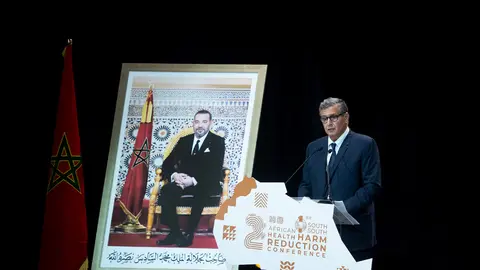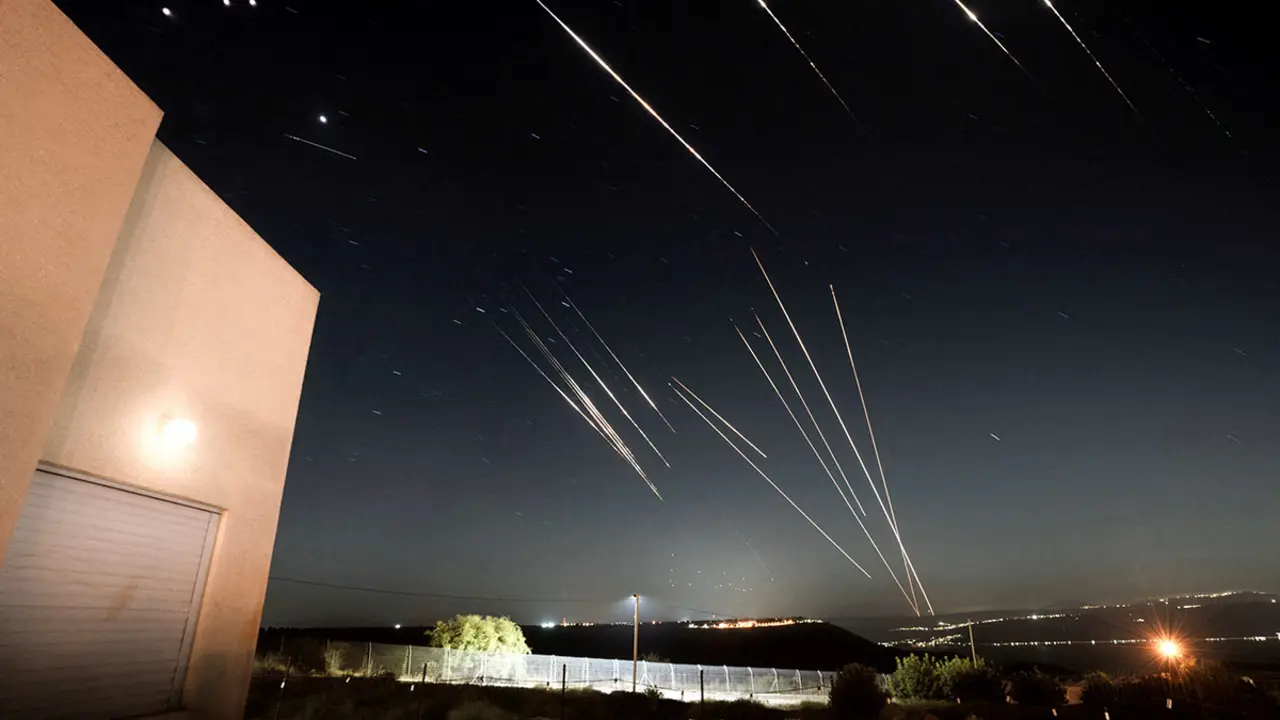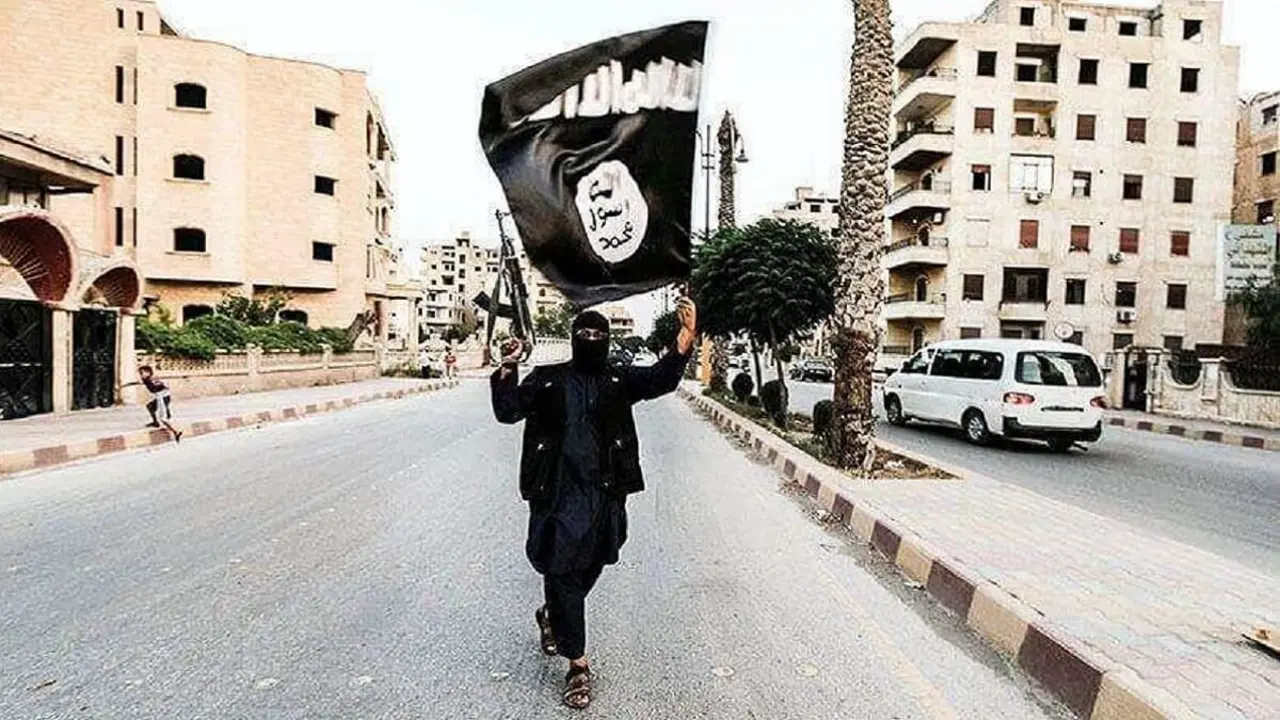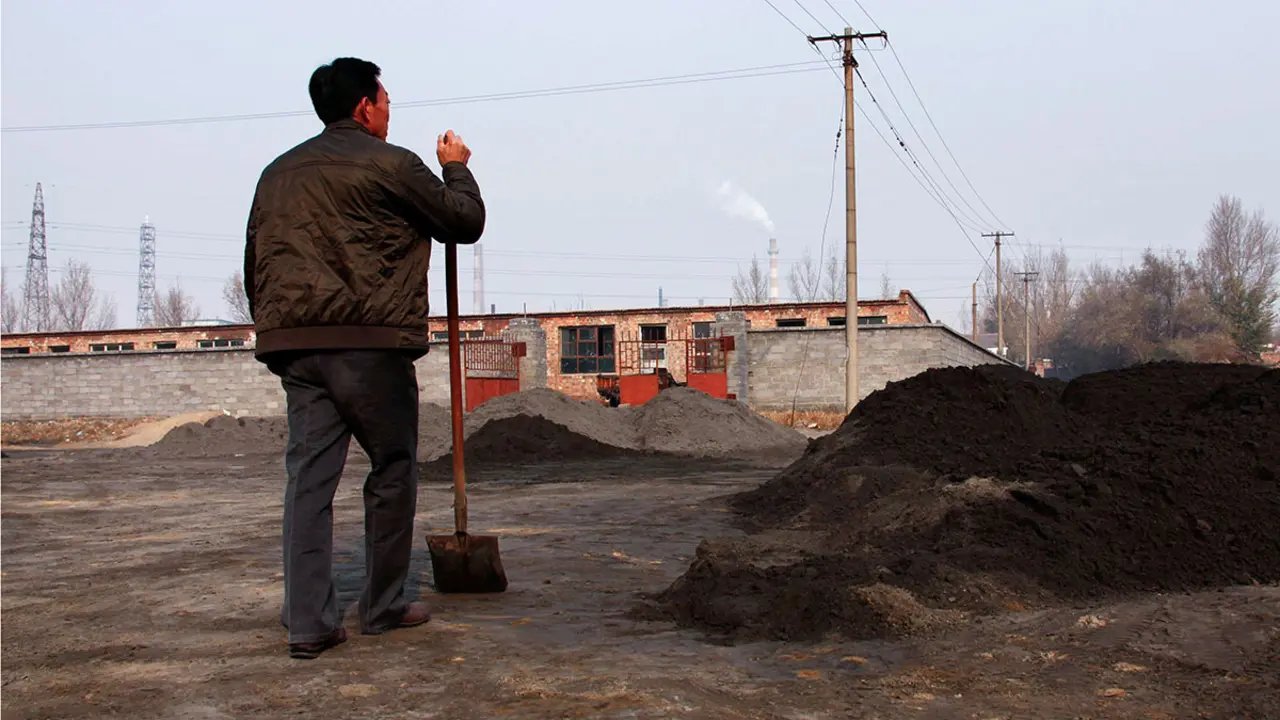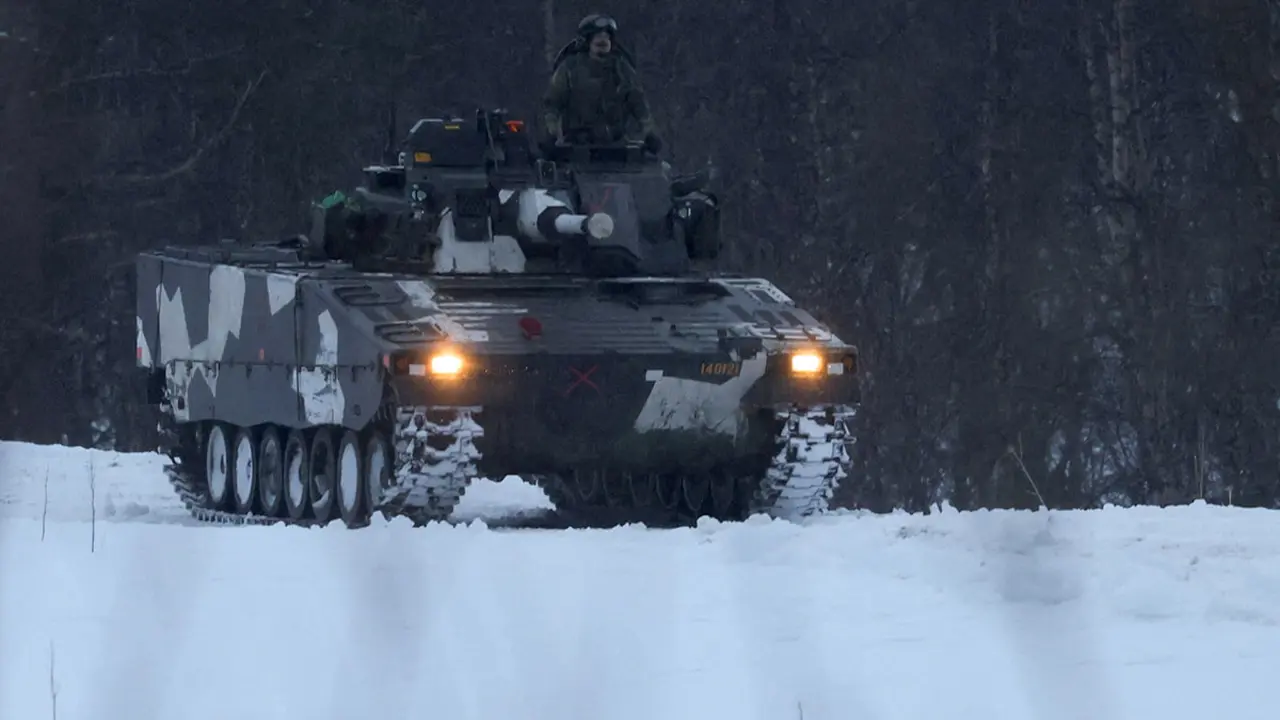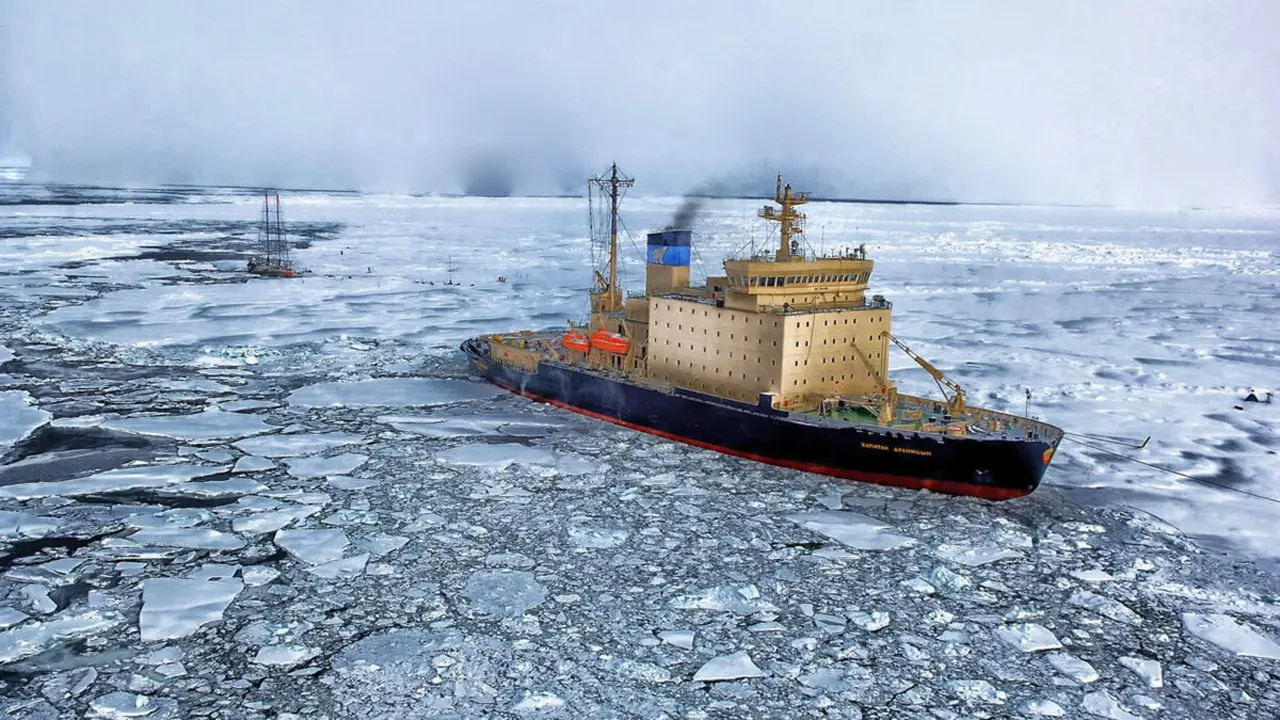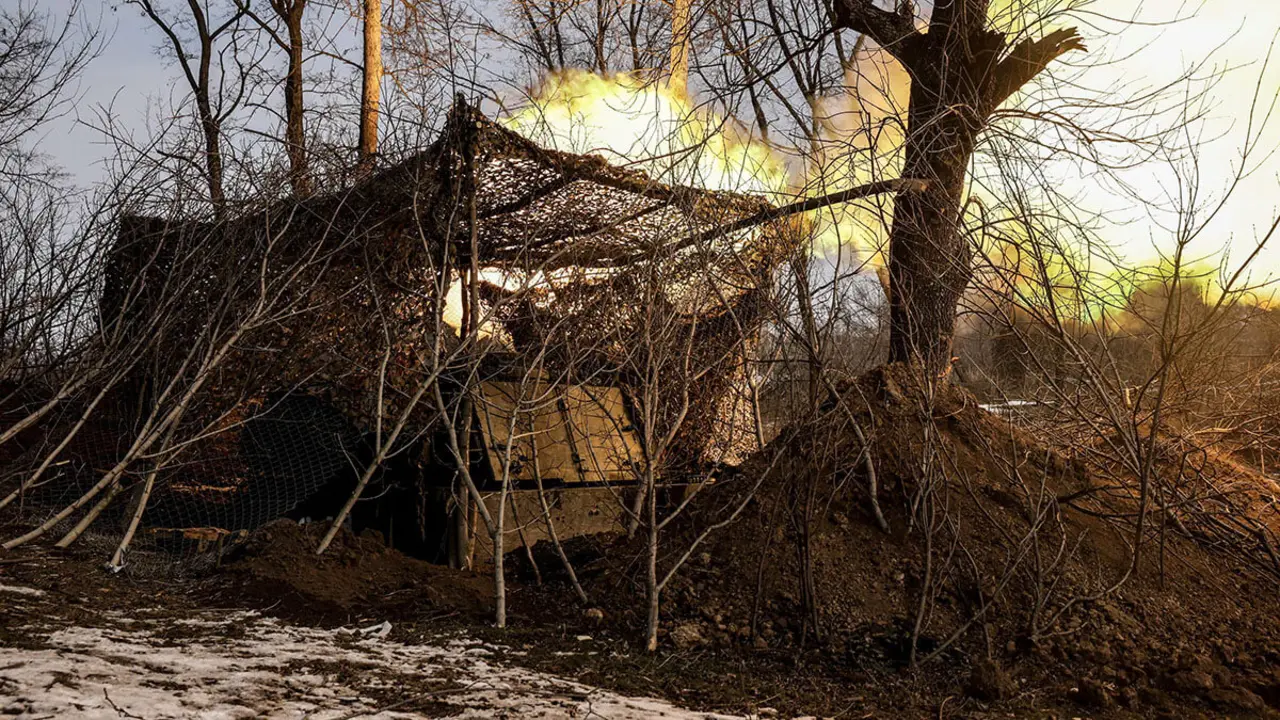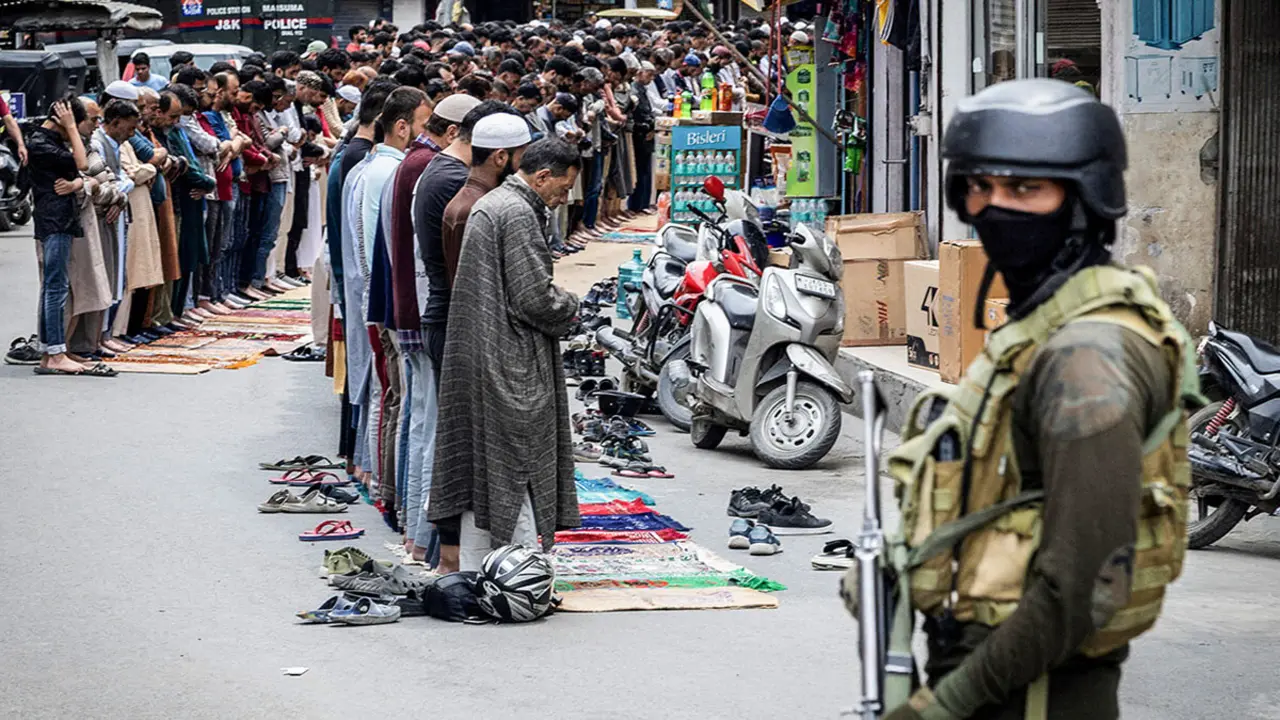Three agricultural scenarios in Morocco for 2030

For Moroccan policy, agriculture is not only a source of competitive production of market goods and employment, but also a means of managing natural resources and a factor in boosting regional planning and rural development, adapted to the country's specificities, its weaknesses and its assets.
- Synergy and sustainability of the agriculture sector
- The three agricultural scenarios in Morocco in 2030
- The first scenario: experienced opening
- The second scenario: accelerated opening
- The third scenario: controlled opening
Morocco, like other countries in the world, lives in a context marked by openness, the potential of the national production apparatus and the weight of rural poverty. This is forcing the country to make an effort to calibrate the strong pressures, particularly climatic pressures, which directly affect the agricultural sector.
Synergy and sustainability of the agriculture sector
With an agricultural workforce that makes up 46% of the labour force, Morocco is committed to implementing a policy of openness that aims to achieve the triple challenge of liberalisation, successful integration for growth in international value chains and sustainable human development.
In this sense, Morocco has assets at its disposal for the development of a new rurality, i.e. a plural agricultural and rural economy distinguished by sustainability with the help of new synergistic relationships established between the city and the farming world and between agriculture, agri-food and other sectors of activity.
The three agricultural scenarios in Morocco in 2030
Taking into account its advantages and challenges, Morocco has three scenarios for exploiting its agricultural potential and coping with the threats of drought: the scenario of experienced opening, the scenario of accelerated opening and the scenario of controlled opening.

The first scenario: experienced opening
The baseline scenario of experienced openness assumes that openness will proceed at the pace envisaged by the free trade agreements already signed and the progress of international negotiations, and that policies will continue to be mainly reactive.
Reactive policies in the face of external and internal pressures
Given external pressures such as globalisation, liberalisation and climate change; and internal pressures such as population growth, distortions are not corrected, institutions change little, agricultural modernisation remains partial and sustainability remains poorly integrated.
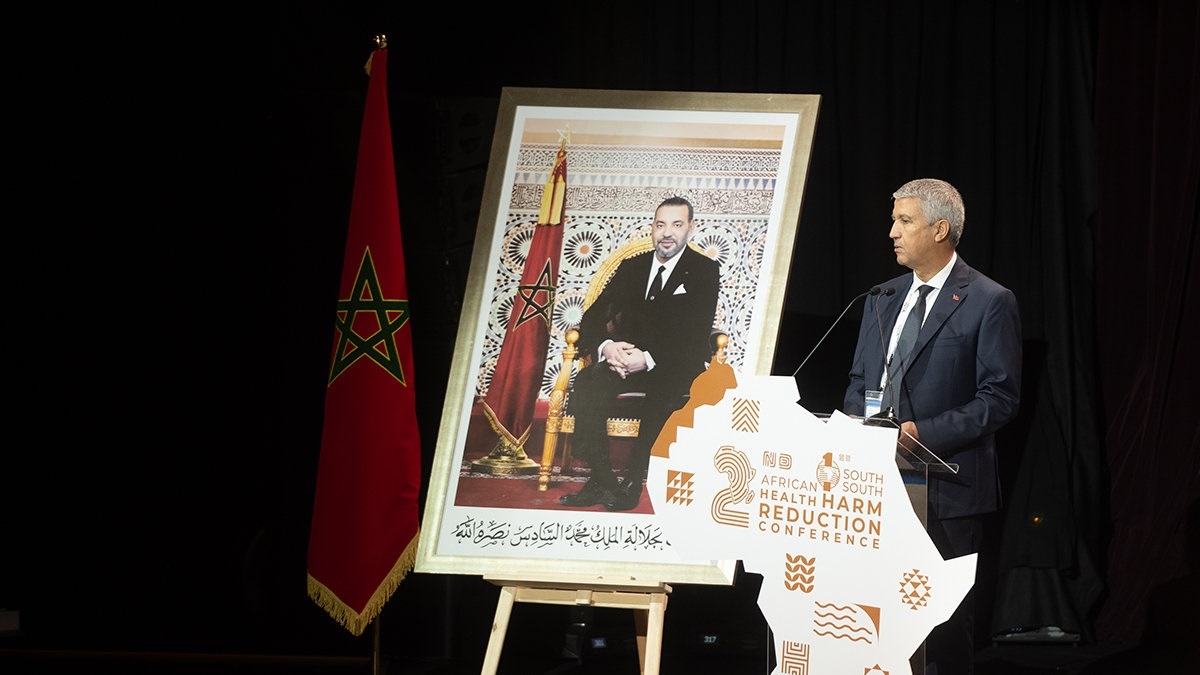
The water crisis: rainfall deficit and drought
The increase in rainfall deficits and droughts means that rural development and land-use planning policies are insufficient to promote the rural world and diversify its economy.
The scarcity of water and the growth in demand with a continuously falling water table would lead to a real water crisis. Water supplies in irrigated perimeters will be considerably reduced by more than the current 2% per year.
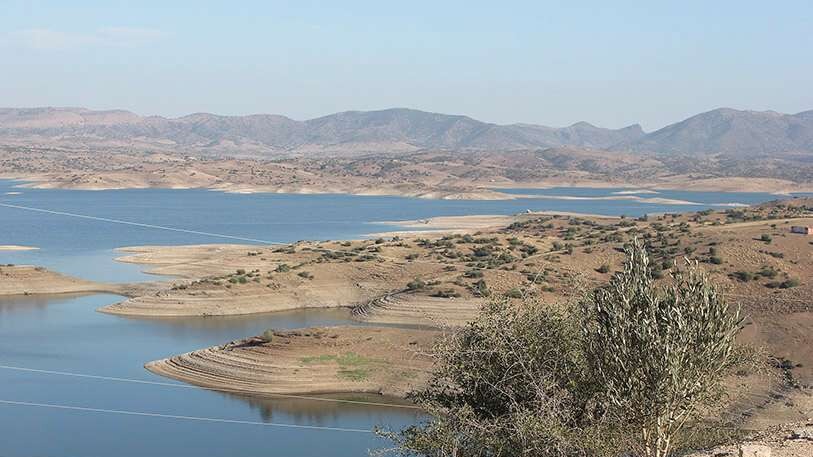
Lack of preparedness for the opening, the cycle of several years of drought, increasing poverty and the degradation of natural resources and environments are all factors that could aggravate the situation of agriculture and the rural world, leading to a deep and long-lasting crisis for the sector.
Environmental degradation and rural exodus: consequences
The decline of the agricultural sector is one of the possible consequences of this scenario, which no longer offers farmers sufficient economic motivation and condemns most of them to greater poverty. This is also due to the disappearance of many farms that will not be able to cope with globalisation.
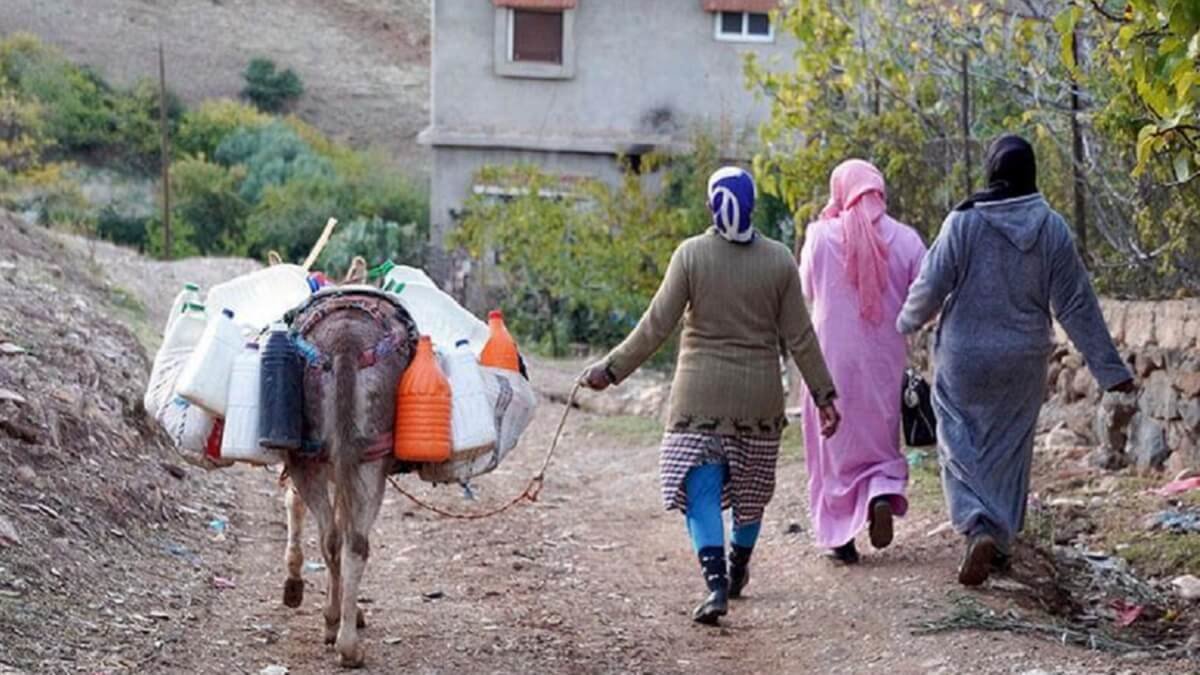
Another likely consequence of the water crisis is environmental degradation, which could worsen further. Desertification, for example, would be accentuated by an acceleration in the rate of sedimentation of dams. On the other hand, increased droughts and vulnerability to risk would further increase the volatility of agricultural growth.
Water use would remain inefficient and safeguard mechanisms that have worked in the past will no longer be able to function in the same way. Further environmental degradation and a massive recovery of rural exodus, with its likely effects of urban and political instability, will further complicate the situation.
The second scenario: accelerated opening
The second scenario would be an ultra-liberal approach with a social safety net. The objective is the pursuit of economic efficiency through market liberalisation, as it is assumed that economic growth can remedy, in a second phase, the social and environmental damage caused in the first phase.
Social protection in the face of market liberalisation
The accelerated opening-up scenario envisages the implementation of ultra-liberal policies, partly corrected by social safety nets to cushion the impact suffered by the losers of liberalisation. In response to market pressures, Morocco has decided to take the necessary measures and implement reforms that favour the disappearance of unprofitable sectors and their replacement by more profitable ones.

The state, national and international economic actors
The possible consequences of this scenario do not seem to be the most desirable for Morocco. The withdrawal of the state would allow economic actors and international competition to dominate decisions regarding agriculture.
It would thus favour the formation of a highly capitalised agriculture that would gain in productivity. This development could be accompanied by a very high concentration of land, with all the negative results this would have on employment.
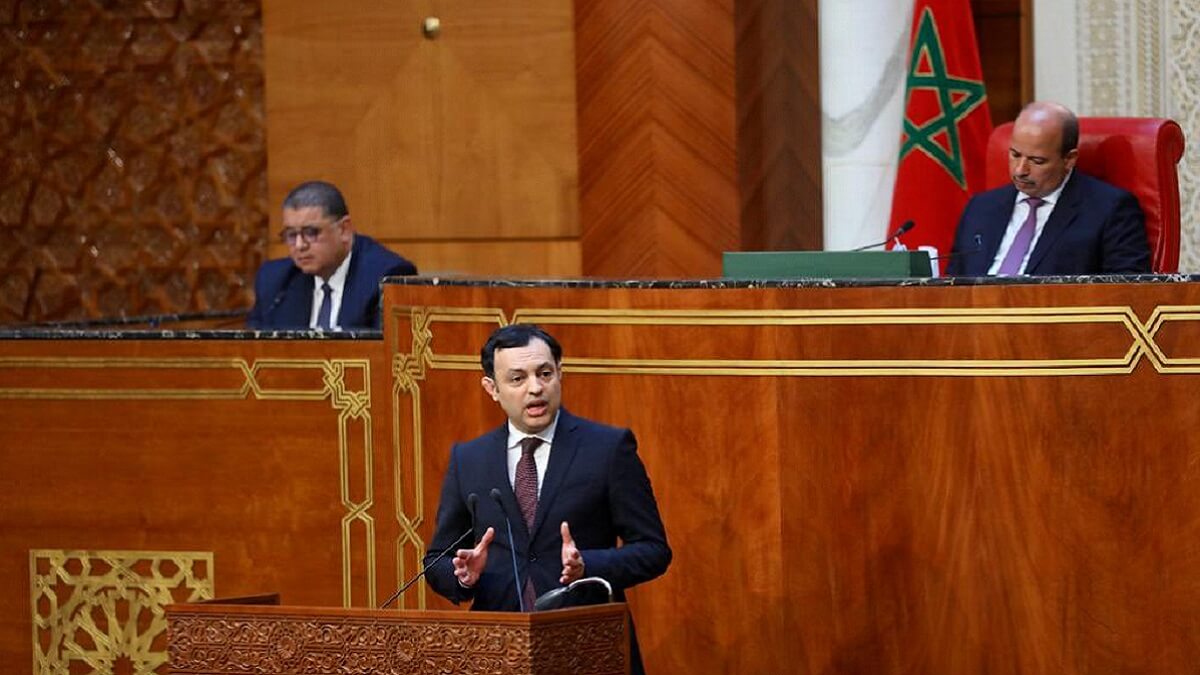
The overall economic benefit of liberalisation for Morocco's economy, assuming full liberalisation of the Euro-Mediterranean area, would only be of the order of 0.5% of GDP.
Accelerated liberalisation would lead to a strong geographical concentration of production in the most favourable areas and would neglect the less favourable areas.
Urbanisation, reduction of rural population
The strong recovery of the rural exodus would force a complete rethink of urban growth scenarios. The alternative could be to curb the population in rural areas, but such a social policy would have the negative effect of diverting public resources away from their productive uses and increasing the risks of instability.

By 2030, the strong urbanisation and changing lifestyles would lead to a loss of more than 300,000 hectares of agricultural land, which would be given over to habitat and infrastructure. As in the previous scenario, there would be a profound water crisis.
Despite the potentially massive reduction in the agricultural population, the rural exodus would reduce pressure on marginal land and thus reduce desertification to some extent.
The third scenario: controlled opening
The third scenario, that of a controlled opening-up, corresponds to a harmonious development of the trends that could be established on a lasting basis with the "emergency scenario" whose work in 2015 has shown it to be the most desirable for the country.
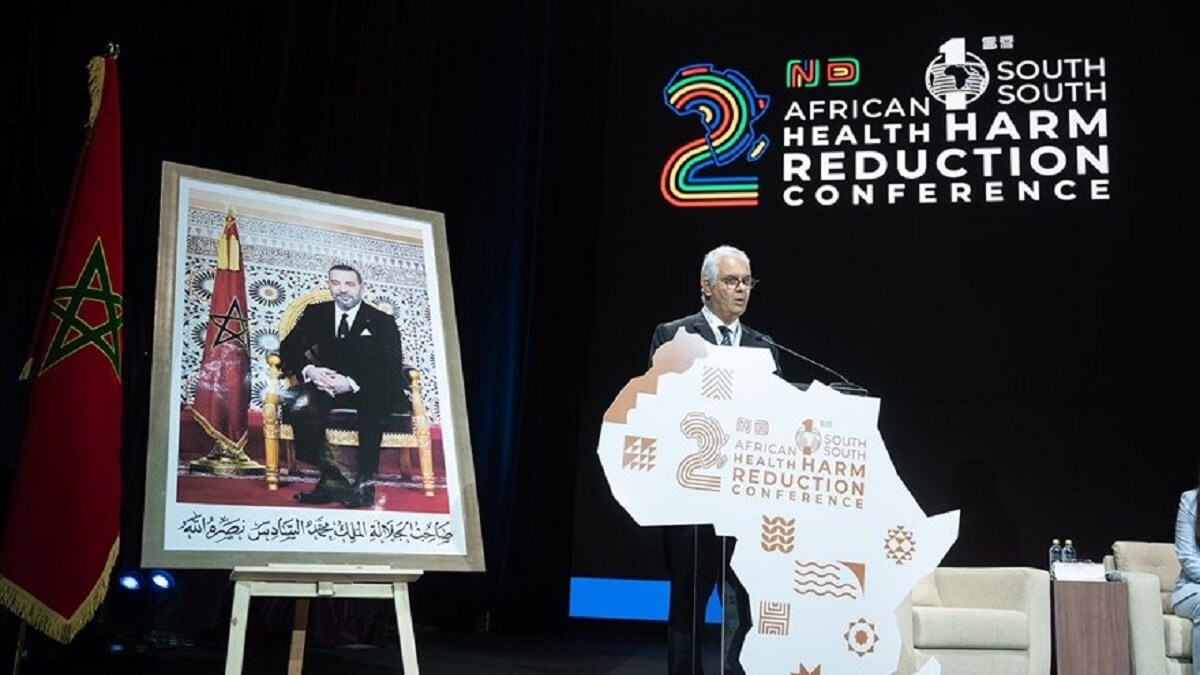
New agricultural and rural pact
This scenario is based on a new agricultural and rural pact. It takes into account openness and liberalisation, managing its progressiveness through a gradual but determined transition towards a diversified rural economy and a plural, competitive and sustainable agriculture.
Its main principles are the re-qualification of human resources, the promotion of development, the social equipment of the rural world and the recognition of the multifunctional dimension of agriculture and rural potential.

Adaptability and modernisation of the agricultural sector
The third scenario advocates proactive management of natural resources based on cohesion between development and the environment. It also advocates progressiveness and adaptability, mobilisation and empowerment of all actors, without losing sight of the diversification of economic activities and agricultural strategies and policies.
Controlled openness is also based on agricultural modernisation through structural reforms that are likely to provide responses adapted to each sector, as has been made clear by the national emergency scenario that seeks to resolve problems of land, credit and the integration of young people into the agricultural sector.
This scenario fully recognises the multifunctionality of agriculture and its various economic, social and environmental dimensions. It also recognises the need for a plural agriculture, based on the coexistence of efficient and competitive modern agriculture and revitalised traditional family farming.
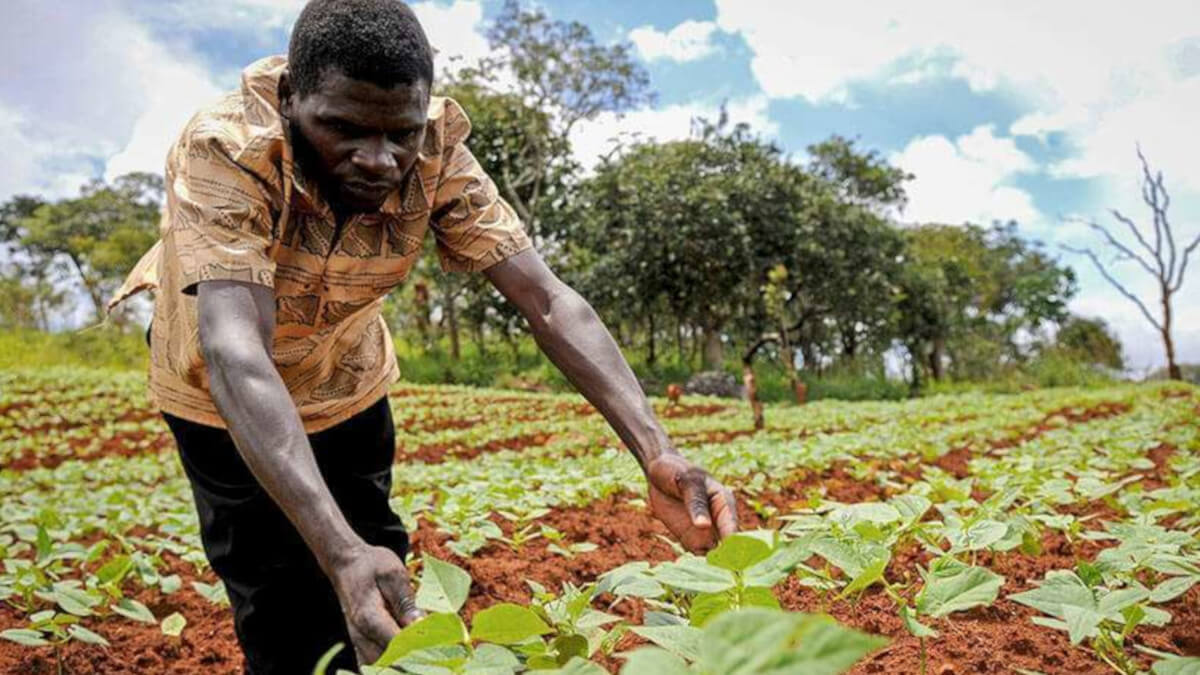
Territorialisation of agricultura
In parallel, the third scenario opts for the territorialisation of agriculture, which would adapt policies to the diversity of Morocco's regions. In this way, capitalised agriculture, integrating social and environmental responsibility, would be promoted in favourable areas.
In the mountains and oases, on the other hand, terroir-based, high value-added agriculture would be promoted. In the most difficult areas, "subsidised land management" agriculture would be considered in order to support multi-activity social agriculture.
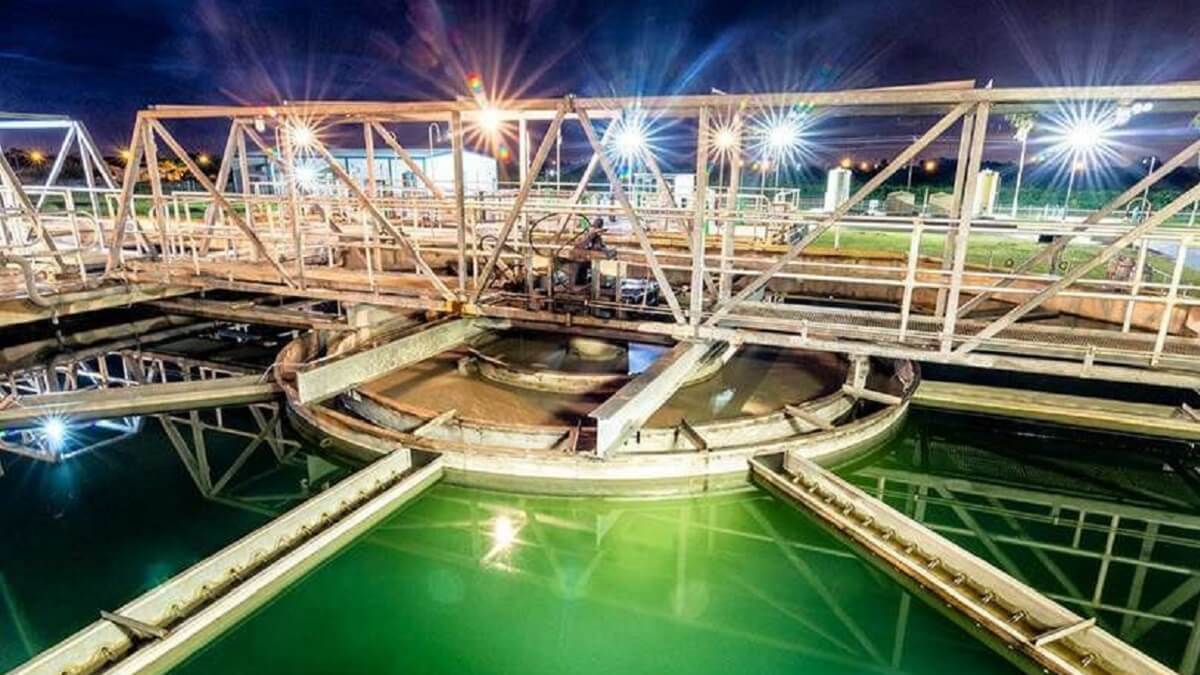
Finally, agriculture that is unsuitable for these areas, and has no future due to climate change and the risks of desertification, would be converted to pastures or forests through negotiation, legal pressure and compensation mechanisms.
Another important advance in the demanding scenario of controlled openness is the valorisation of water. Moving towards effective and efficient management of water demand would allow a very significant increase, perhaps 80%, in the added value created by the significant amount of water mobilised. Such progress is possible, but requires very strong and well-coordinated measures.

The scenario calls for a certain evolution of the country's current growth model and calls for a new positioning of the role of the state and a better deconcentration and convergence of action. It calls for progressive liberalisation, through collective strategies among agents and institutional systems to sustain growth, guarantee the sustainability of natural resources and maintain cohesion.
Of the three scenarios, the third is worthwhile
Ultimately, of the three scenarios studied, only the third would make it possible to respond to the multiple challenges facing Morocco, while the other two present significant risks of stagnation and aggravation of the problems of rural poverty, climate change and openness.
On the other hand, the third scenario could lead to significant structural progress, which would not be possible under the other two scenarios. It is true that the agricultural population would be reduced considerably, but in the long run and much less than under the other two scenarios.
Small rural urbanisation, which would be in line with the third scenario and which would have demographic and economic effects, would significantly limit the excesses of urbanisation in coastal cities.



